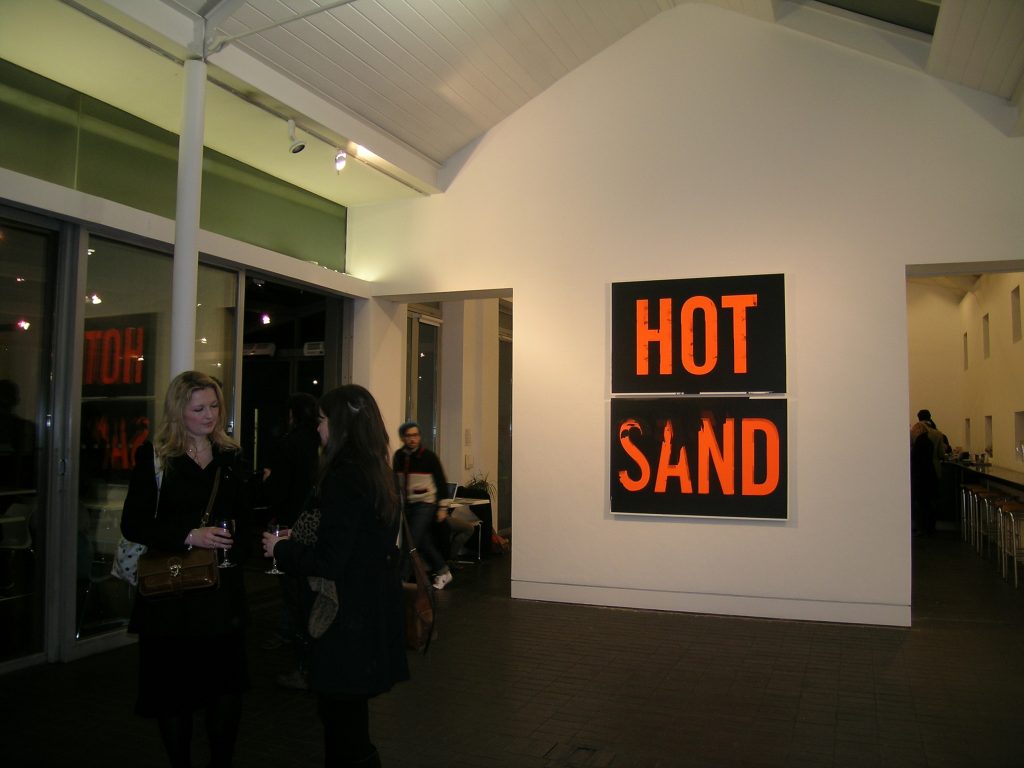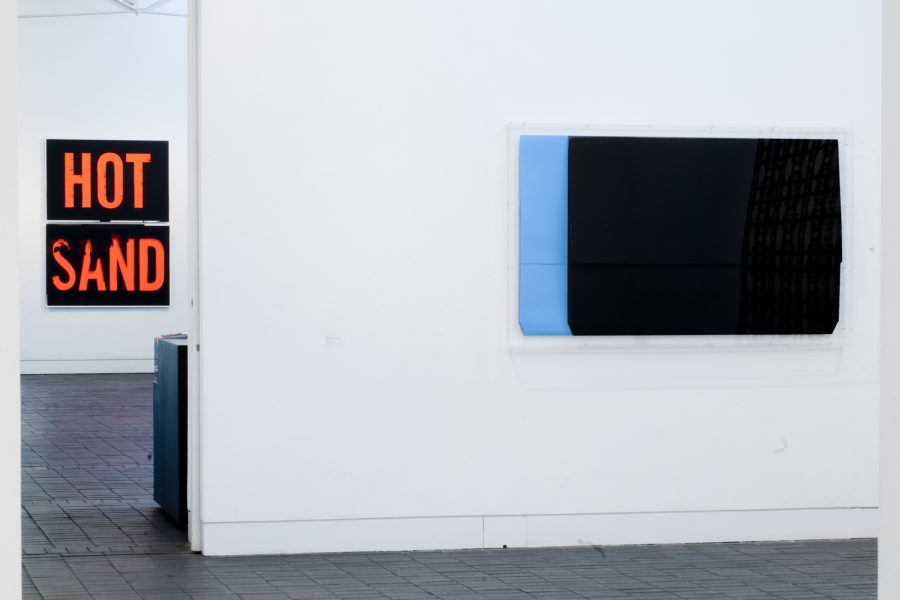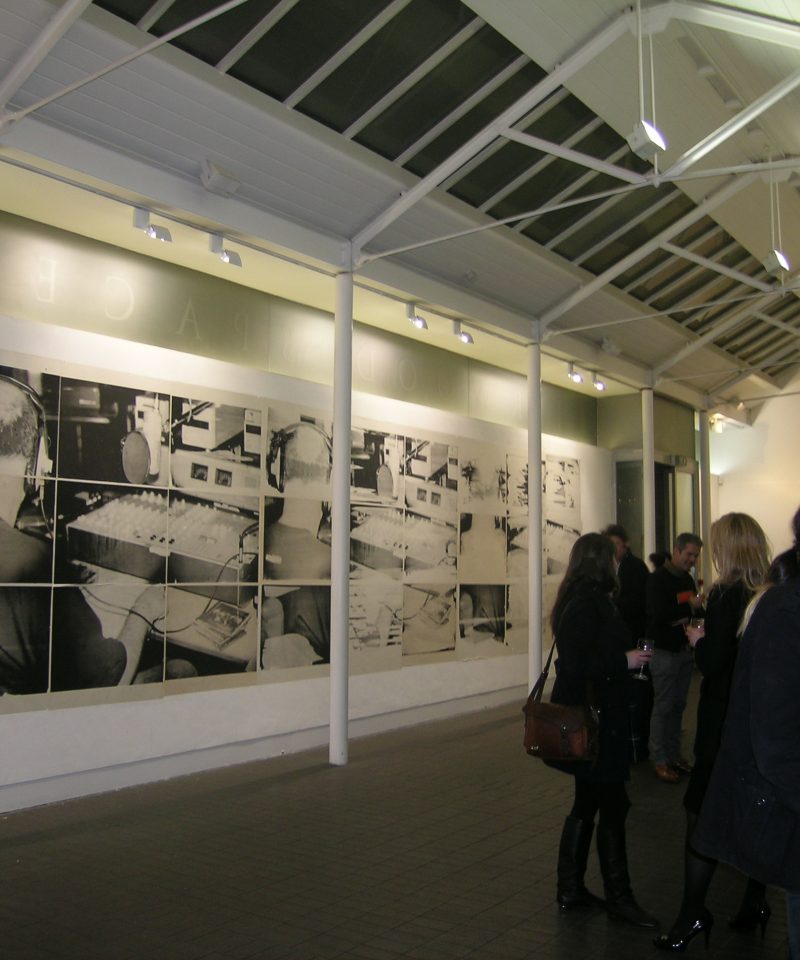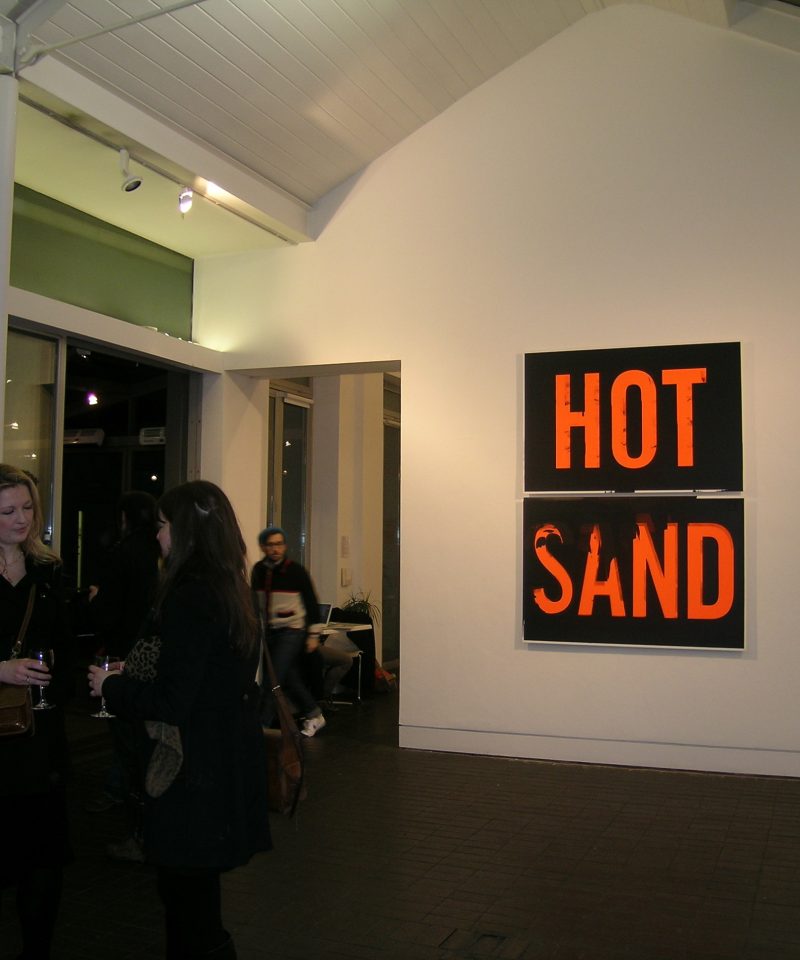Monday evening saw Jerwood Arts hosting the first public talk in the Jerwood Encounters: Surface Noise series. Chaired by print studio Paupers Press, Catherine Yass and Stephen Chambers RA discussed the medium of print within their own practice, and also focused on the collaborative nature of printmaking, considering the roles of authorship and decision making in the print process.
Paupers Press was interested in the broad range of practice in London, with there being no single approach to the ‘making’ of an artwork; printmaking is just another facet of this practice, with its own language and process relating to materials. Whilst etching and lithography are the main forms of printmaking that take place at Paupers Press, they recognise the need to retain a flexible response to each individual artist, so that a diverse selection of printmaking techniques might ‘inform, take forward and generate new ideas.’ [1]
Specific themes seemed to continually rise to the surface during this talk, as notions of process and time, collaboration and play became interwoven to form the fabric of the conversation:
Process and Time
Catherine Yass, who curated the exhibition Passing Thoughts and Making Plans at JVA in 2009, discussed a series of etchings that she had produced with Paupers Press, based on film stills taken from Harold Lloyd’s 1923 silent film Safety Last!. She was attracted to a particular scene from this film, where Lloyd hangs from a clock and in turn pulls the hands downwards, forcibly reversing time. The artist began to investigate the damage that occurs to film as it is repeatedly fed through a projector, considering how age and distress can affect the photographic surface of the negative. She made marks on the surface of the film itself, scratching lines into the film cellulose, and as a result became interested in the potential relationship between this film surface and that of an etching; both necessitate the damaging of something to produce the image, and both start as a negative process (film being created by the exposure of an image onto the negative, and etching gauging negative marks into a plate’s surface).

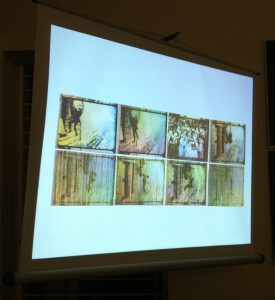
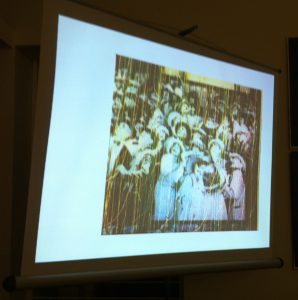
However, the physical process of scratching into the film’s surface did not translate in the etching process as the artist had imagined. The marks made on the film cellulose revealed blurred rainbow colours, and while Yass had hoped that this would also manifest in the etching, it was in fact the areas of white that became filled with colour from the etching plates. The artist was thus forced to embrace the accidental, unforeseeable and unexpected process that printmaking can often present; there is a point at which the materials have a decision making process of their own.
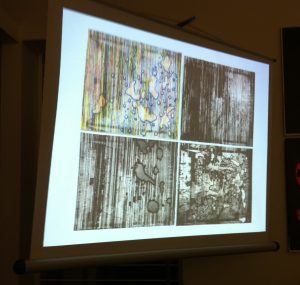
Time, of course, is an implicit factor in the creation of any work, with time value manifesting differently for every artist. Yass and Chambers were intrigued by the idea of mistake making, by the process of producing a number of different prints, and by how mistakes ultimately inform the work. Stephen Chambers described the importance of ‘allowing a moment when something’s going to happen … when time becomes elastic’, [2] when you can let go, engage with the sensibility of the unexpected, and take an idea somewhere new. In the collision between the handmade and the technical, time is the factor that enables multiple potentialities to ensue.
Collaboration and Play
Stephen produced his book of prints, A Year of Ranting Hopelessly, with Paupers Press, creating a print a day starting on Boxing Day, 2005. He wanted these images to be a ‘visual burp … a record of pre-caffeinated thought’, [3] and accordingly his daily drawings and collages were realised as lithographs.
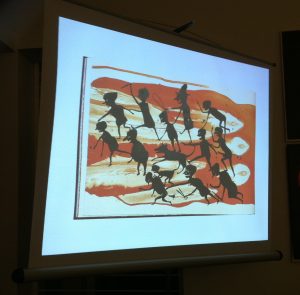
Similarly, his series Shitty Sisters, 2009, was originally a form of visual thinking, as he would sit with a brush and ink and draw ideas; realising these images in print ‘felt like an exploratory way of just playing around.’ [4] Chambers described how he is invigorated by the energy that comes from the playful process of printmaking, and the collaborative working relationship that the artist enters into when leaving the solitary confines of their studio to venture into the shared printmaking studio: ‘printmaking is a collaboration that is very much knowing that real chemistry/trust/friendship allows me to go places I wouldn’t otherwise reach … like a Ferrari in empty night-time streets!’ [5]
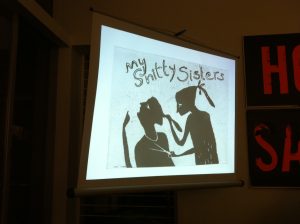
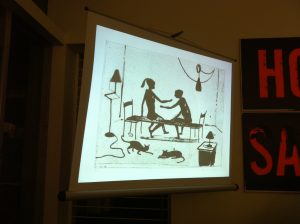
It seems that this element of play is ultimately what must be embraced in the printmaking process, exploring the interesting potentials and other eventualities that may arise; as Catherine Yass put it, you must ‘take a thought and launch it into an arena where you might not know how best to resolve it.’ [6]
[1] Paupers press, Jerwood Encounters: Surface Noise talk between Paupers Press, Catherine Yass and Stephen Chambers RA, Monday 7 February 2011.
[2] Stephen Chambers, Jerwood Encounters: Surface Noise talk between Paupers Press, Catherine Yass and Stephen Chambers RA, Monday 7 February 2011.
[3] Ibid.
[4] Ibid.
[5] Ibid.
[6] Catherine Yass, Jerwood Encounters: Surface Noise talk between Paupers Press, Catherine Yass and Stephen Chambers RA, Monday 7 February 2011.
